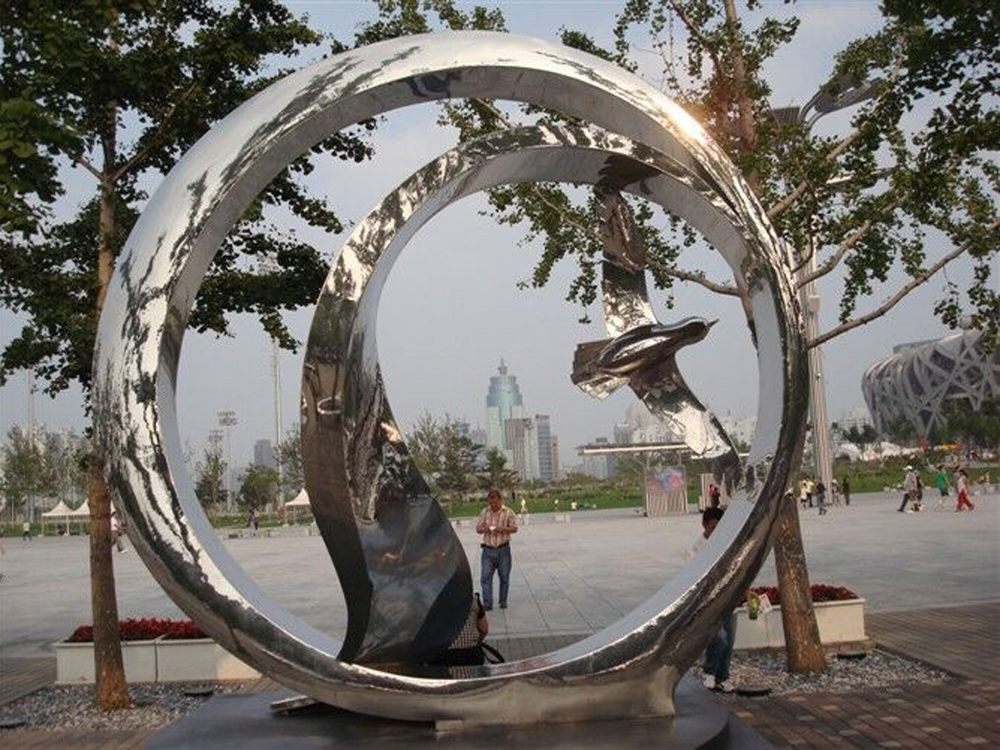
Bronze sculptures, often celebrated for their visual grandeur, also play a subtle yet profound role in shaping the natural soundscape of outdoor environments. Their metallic surfaces and intricate designs interact with wind, rain, and ambient noises, creating unique auditory experiences that complement their aesthetic appeal.
When wind passes through the hollows or curves of a bronze sculpture, it produces resonant tones akin to a natural wind chime. Raindrops striking the patinated surface generate rhythmic patterns, adding a layer of organic percussion to the environment. Even the way sound reflects off bronze can alter the acoustics of a space, softening or amplifying echoes depending on the sculpture’s form and placement.
Artists and landscape designers often consider these sonic interactions when installing bronze works in parks, gardens, or urban plazas. By strategically positioning sculptures near water features or dense foliage, they create multisensory installations where art and nature coalesce. For instance, a bronze figure placed beside a babbling brook might reflect and distort the water’s sound, enriching the listener’s immersion.
Beyond aesthetics, this interplay fosters a deeper connection between viewers and their surroundings. The unintended "music" of bronze sculptures reminds us that art is not static—it breathes, resonates, and evolves with the elements. In an era dominated by visual stimuli, these auditory interactions invite us to pause and listen, discovering harmony where art meets nature.

